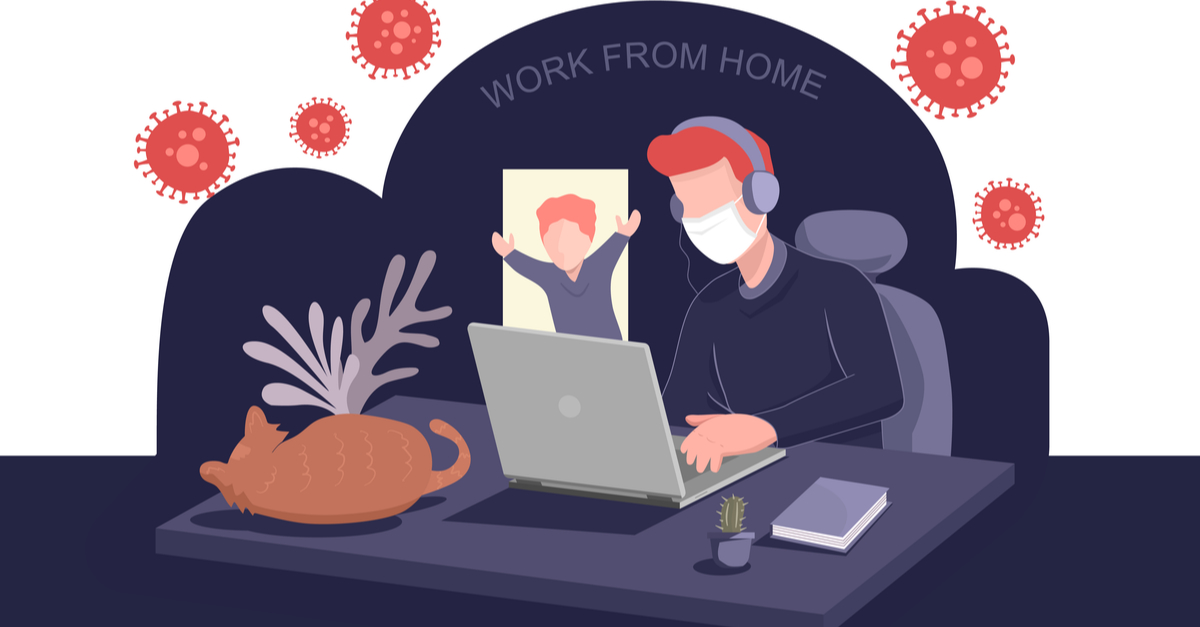With the continued escalation of the COVID-19 virus, employees increasingly need a solution for their staff to work from home (WFH). Employers need to ensure their policies and procedures for working from home are up to date.
What Duty of Care Does an Employer Owe to WFH Employees?
An employer’s duty of care to its employees does not stop because the employee is no longer at the employer’s place of business. A workplace is defined under the Work Health and Safety Act 2011 (“the Act”) as a place where work is carried out for a business or undertaking and includes any place where a worker goes, or is likely to be, while at work. If the employer has authorized an employee to work from home, the employer has an obligation under the Act to ensure:
- The home-based worksite is a safe area to work;
- The systems of work undertaken are safe;
- Training and instruction is provided to enable them to perform their work safely;
- The health of workers and conditions at the home-based worksite are monitored to prevent illness or injury.
Defining a Safe Area to Work
An employer must ensure an employees’ workplace is safe and as free of risks as the employer can practically make it. An employer must ensure it undertakes a health and safety assessment of the site to identify any risks and take steps to minimize or eliminate those risks for the worker.
Risk factors for the employer to consider include:
- Ergonomics of the home-based worksite;
- Industrial noise levels;
- Lighting;
- Temperature
- Potential fall and trip hazards; and
- Other risks that are specific to each employees unique living arrangements.
What Are Some Inherent Risks of Working From Home?
Most employers would consider obvious risks when allowing an employee to work from home, like the ergonomics of their desk. Other risks which are inherent but are not as obvious still need to be considered. The case of Hargreaves v Telstra Corporation Limited [2011] AATA 417 (“Hargreaves”) provides such an example, where the worker fell on two occasions going down the stairs in her home. The tribunal found both falls were related to her employment and therefore considered the injuries were work related. Interestingly, the first fall occurred when the employee traversed the stairs in socks.
This case highlights that while employers may consider obvious risks of ergonomics, lighting, sound, etc, there may be more inherent risks in the property which would not ordinarily exist on a worksite. All risks must be considered when allowing employees to work from home.
To manage those risks, an employer should ensure its policies for working from home are continually reviewed and appropriate training and instruction is provided to its working from home employees.
How Do You Monitor and Manage Working From Home Employees?
Employers should ensure their policies for working from home are up to date and include consideration of the following:
- Is there a dedicated workstation?
- Are noise levels acceptable?
- Is the lighting adequate?
- Is the working position ergonomic?
This list is not exhaustive and may include other items unique to the employer and employee.
To assist, workers should be required to assess the home office area and identify any risks. We have produced a working from home checklist which can be utilized as part of your working from home policy to enable workers to effectively identify any risks or hazards for the employer.
Having the worker provide a photograph of the proposed home office area is a good start to identifying any risks or hazards that may exist and enable the employer to make an informed opinion as to whether the home office area is safe.
If you have any questions about what your obligations are as an employer to your working from home employees or wish to get further information on how we may assist you develop your working from home policies, please call our office on (07) 3211 2233 or enquire using the form below.






